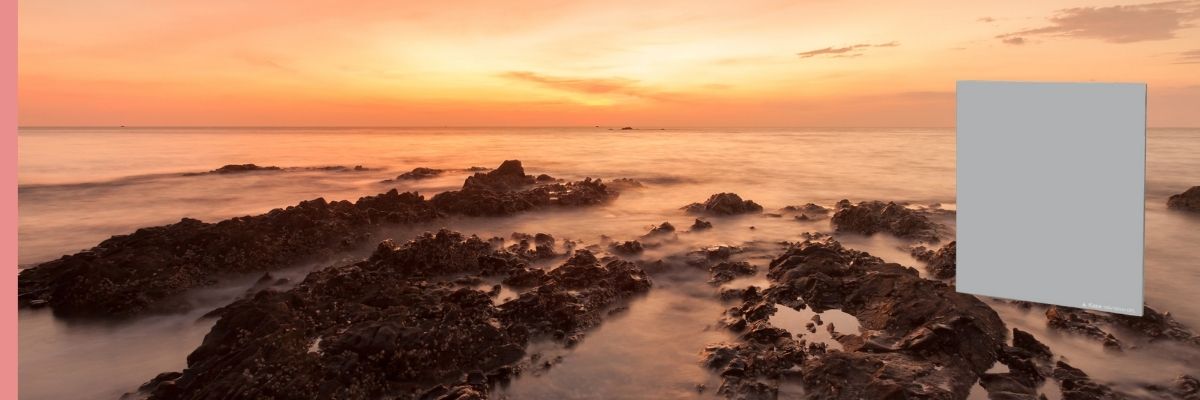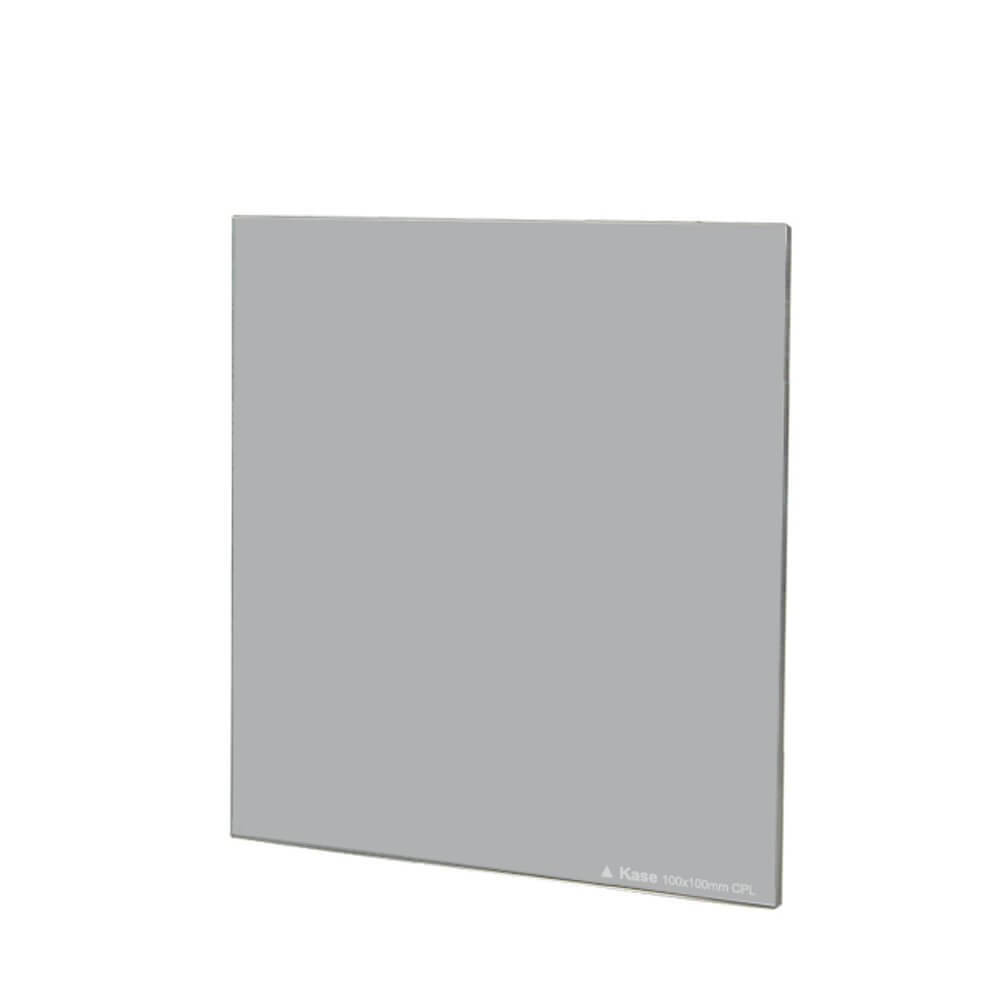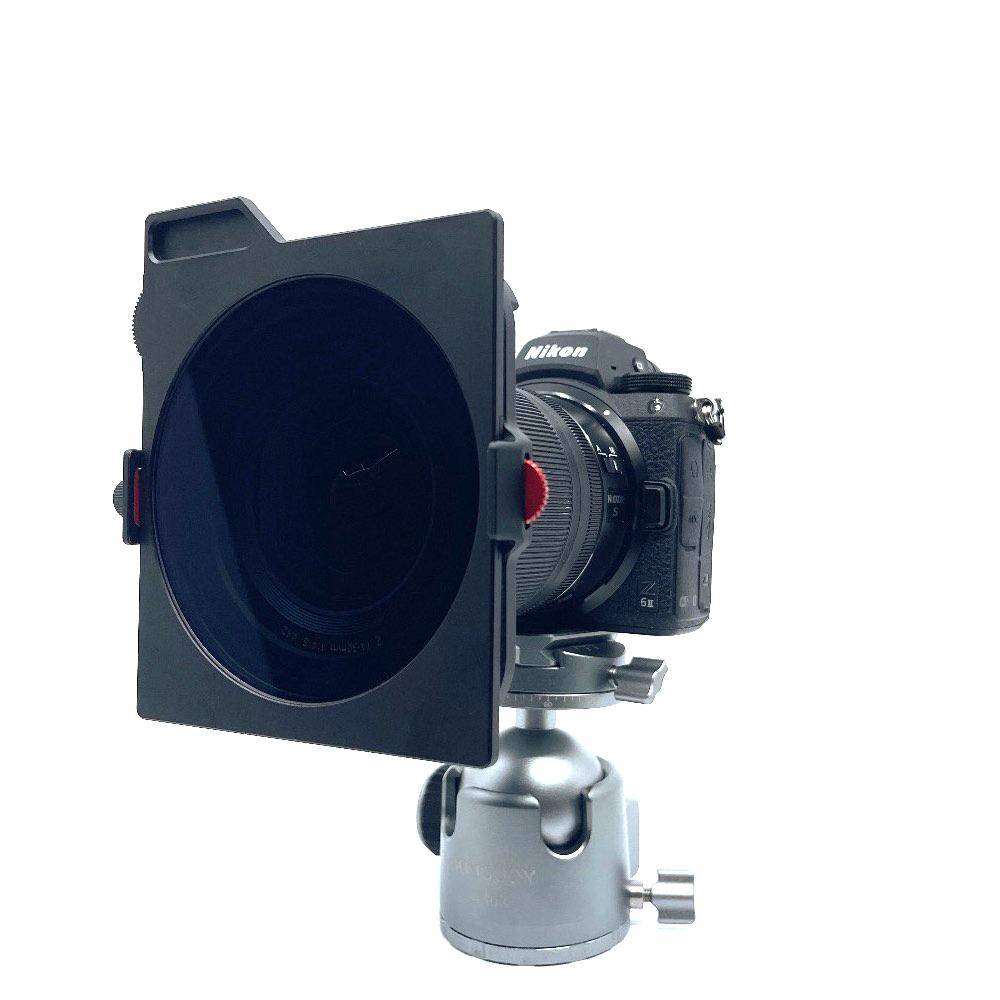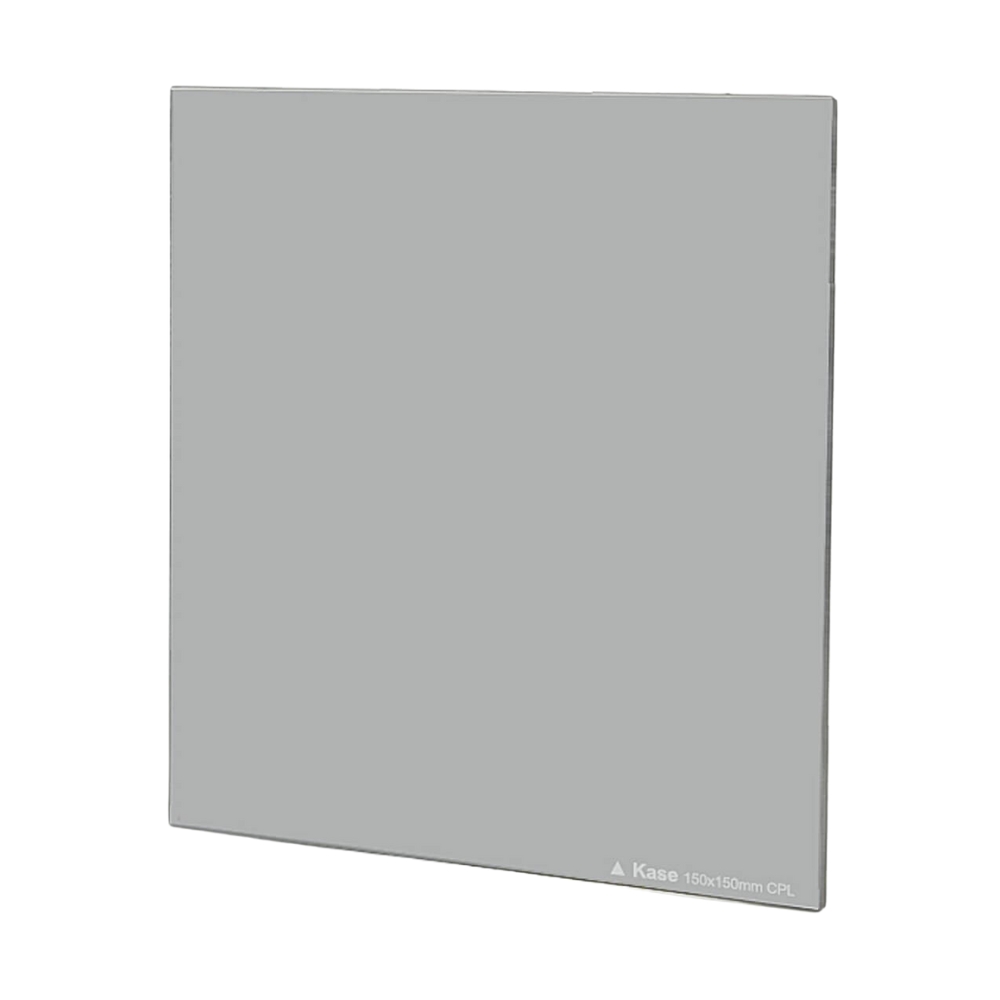
The polarizing filter - a must-have for photographers?
Polarization filters are a popular tool in photography and offer many effects. When light is reflected off a surface, the angle changes. Polarizing filters are there to avert the new angle of light radiation. The polarization of the light determines how the waves oscillate and only allow them to move in one direction. Thus, the sun has an effect on polarization. The sun is dependent on the time of day and season, which means that the incidence of light is always different. In digital times, post-processing is possible so that colors and contrasts can be enhanced afterwards. A reflection is harder to edit afterwards. The use of a polarizing filter is therefore useful and should be the standard tool of every photographer, especially agricultural photographers.
How is the polarizing filter applied?
The polarizing filter is usually screwed or plugged onto the camera lens. Magnetic CPL filters can also be purchased which allow the filter to be easily attached. Time is saved as no screws are required. The filter can then be applied directly. Because of the filter, the exposure time will be longer. A tripod is recommended due to the long exposure time, so that the image does not blur. The desired effect is created by turning the filter. It can be rotated until the desired direction has been reached exactly. You can determine the extent yourself because there are no preset level settings. Rotating the polarizing filter at 90 degrees to the sun gives the darkest result. The polarizing filter shows its strongest effect at this angle.
How can I clean the polarizing filter?
The polarizing filter consists of a polarizing film embedded between two glasses. Unsightly stains can appear there or dust/dirt can collect. Dirt should never be simply wiped away as scratches are likely to result. The dust on the filter can be removed with a blower or a brush. It is important that no chemicals are used when cleaning the filter. Instead, cleaning should be done with a microfiber cloth or a cloth dampened in distilled water. Regular cleaning is necessary because the smallest traces of dirt are visible in the photograph.
What is the difference between a linear and circular polarizer?
A distinction is made between linear and circular polarization filters. The linear filter was used for analog cameras. They are composed of a filter level. In the meantime, the linear polarization filters have become a rarity because the linear filter cannot be used for digital cameras. Circular filters are necessary for modern cameras. In contrast to the linear filter, the circular polarizing filter consists of two filter levels. It can also be used in analogue and digital cameras. A circular polarizer is a polarizer that produces circularly polarized light. The advantage of the CPL filter is its extensive applicability. CPL filters can lead to vignetting, i.e. the center of the photo is lighter than the edge of the image. The price of linear filters is cheaper than that of circular polarizing filters.
What do I need a CPL filter for?
The CPL filter is an abbreviation for Circular Polarization Filter and is used in photography to prevent light reflection from non-metallic objects. It filters the electromagnetic waves of the light so that the light only oscillates in one direction. This improves the quality of the recordings and ensures clearer images. The CPL filter is used for portraits, architecture or landscape photography. It is mainly used in landscape photography. The water surface and the sky are the best examples of why a CPL filter should be used. Since the sky is polarized, the CPL filter achieves the effect that the bright sky appears darker, a sharp blue can be seen and the clouds come into their own. The colors are stronger, contrasts are more precise and unsightly reflections can be eliminated. In landscape photography, the polarizing filter makes grass and leaves greener and prevents unwanted reflections from the leaves. By rotating the filter, a rainbow can be seen visually in the photograph and the colors come out better. Even fog can no longer be seen in photos thanks to the filter, and polarizing filters can prevent reflections from glasses in portraits. Ultimately, this filtering helps to display the images as seen by the human eye. However, the light intensity is lost by avoiding reflections.
Are there different types of circular polarizers?
A distinction is made between plug-in filters, screw filters and slim filters among the CPL filters. The plug-in filter is a rarity. With this filter, there is a possibility that light can flow in from outside. They are easily interchangeable and the height can be adjusted. With screw filters, this is placed in front of the camera lens. As a result, hardly any unwanted light can enter. The filter is easier to handle than the plug-in and slim filters. Replacing the screw filter takes more time. Over-tightening may make the filter difficult to disengage. Filter tongs help to solve the problem or you can try to loosen the filter by hand with a cloth. Careful testing is required with the screw filter. Slim filters are characterized by their particularly thin frame. This lightness is noticeable during transport. Slim filters offer good quality recordings. The disadvantage is that the lens cover can no longer be closed. In addition, the lightness makes the filter difficult to grasp.
What is there to consider when buying?
It is crucial that the radius of the filter and lens match. Accordingly, a 150 mm filter must be used on a 150 mm lens. You should think about buying an adapter ring if you have many different lenses so that only one filter needs to be purchased. The CPL filters can be purchased in the materials measurement or aluminum. Brass has the property of being more durable and accurate. Aluminum is cheaper and lighter in weight than brass. The height of the filter must also be considered so that the camera filter cannot be seen in the recordings. In addition, it makes sense that the filter coating is water-repellent and not prone to scratches. This is a rarity with polarizing filters because their job is not to protect the lens. They are therefore quickly susceptible to scratches or environmental influences. The coating should be considered before buying because it is important to prevent reflections and guarantee excellent images. Higher-priced filters have a coating, and a nano-coating keeps water and dirt out. In addition, the glass of a CPL filter can be more expensive because bad glasses are usually associated with poor quality. In principle, more expensive products are worthwhile because the recordings are of better quality.
Worin liegt der Unterschied zwischen einem linear und zirkularen Polarisatoren?
Man unterscheidet zwischen linearen und zirkularen Polarisationsfiltern. Der lineare Filter wurde für analoge Kameras verwendet. Sie setzen sich aus einer Filterebene zusammen. Mittlerweile sind die linearen Polarisationsfilter eine Seltenheit geworden, weil der lineare Filter nicht für digitale Kameras einsetzbar ist. Für die modernen Kameras sind zirkulare Filter notwendig.
Im Gegensatz zu dem linearen Filter besteht der zirkulare Polfilter aus zwei Filterebenen. Außerdem kann dieser in analogen und digitalen Kameras eingesetzt werden. Als Zirkularpolarisator wird ein Polarisator bezeichnet, der ein kreisförmiges polarisiertes Licht hervorbringt. Vorteilhaft an dem CPL Filter ist seine umfangreiche Anwendbarkeit. CPL Filter können zu einer Vignettierung führen, also dass die Mitte des Fotos heller ist, als der Bildrand. Der Preis von linearen Filtern ist günstiger als der von zirkularen Polfiltern.















